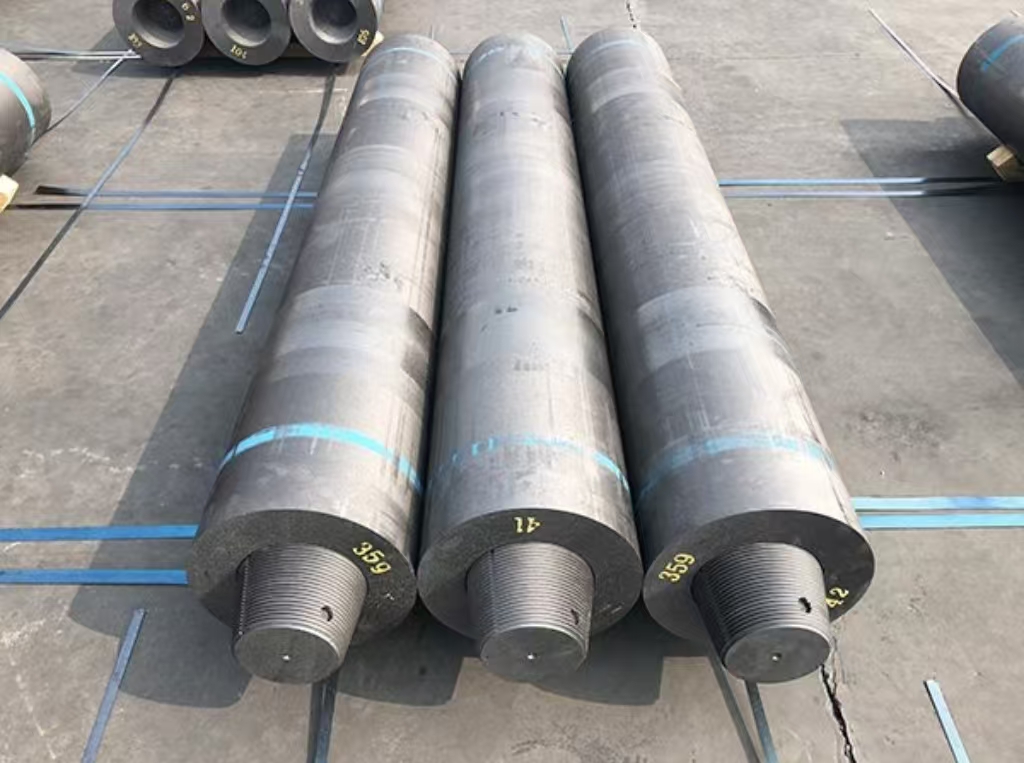L'électrode est fabriquée à partir d'un matériau conducteur et son principal déterminant est son application. Toutefois, ces électrodes sont généralement en graphite. L'or, le platine et l'argent sont quelques-uns des métaux nobles les plus réputés qui peuvent être utilisés, mais ils sont un peu chers.
Table des matières
ToggleLe graphite, qui est connu pour être un bon conducteur d'électricité, peut être utilisé en tant qu'isolant. électrode. Il est chimiquement stable et ne peut résister qu'à des températures élevées. Il permet généralement une réactivité plus faible, ce qui en fait une électrode appropriée pouvant être utilisée dans les cellules électrochimiques.
Qu'est-ce qu'une électrode inerte ?
Ce type d'électrode ne participe pas à une réaction chimique. Les électrodes inertes les plus couramment utilisées sont le platine, l'or, le graphite et le rhodium.
Nous avons défini ici les caractéristiques de base d'une électrode inerte :
1 : Stabilité chimique
Ils ne réagissent généralement pas avec les électrolytes et les électrolytes inertes sont chimiquement stables dans l'électrolyte avec lequel ils sont utilisés. Cela signifie qu'ils ne participent pas aux réactions qui se produisent dans les systèmes électrochimiques. cellules.
2 : Conductivité
Un bon conducteur électrique et des électrodes inertes sont d'excellents conducteurs d'électricité et permettent aux électrons de circuler facilement.
3 : Surface
Une grande surface facilite les réactions et la surface augmente l'interaction entre les électrodes et l'électrolyte.
Comment le graphite est-il une électrode inerte ?
Le graphite est principalement utilisé comme électrode inerte en raison de ses caractéristiques physiques particulières. Il convient aux applications électrochimiques en raison de sa conductivité électrique élevée, qui permet la transmission des électrons. Toutefois, la principale source de cette conductivité est la délocalisation des électrons, qui permet aux électrons de se déplacer facilement le long des plans à l'intérieur de sa structure en couches.
La capacité du graphite à tolérer des températures élevées - environ 3000 degrés Celsius - sans se dégrader est une autre caractéristique. La stabilité garantit que l'électrode conserve son intégrité tout au long des réactions, ce qui est extrêmement important à haute température.
La structure du graphite est constituée de feuilles d'atomes de carbone disposées en forme hexagonale. Ces couches peuvent être maintenues ensemble, ce qui leur permet de glisser facilement l'une sur l'autre. Cette propriété contribue non seulement aux capacités lubrifiantes du graphite, mais réduit également le risque d'endommagement des électrodes lors des réactions d'oxydoréduction. La combinaison d'une conductivité électrique élevée et d'une structure en couches fait du graphite une électrode inerte qui peut être utilisée dans divers systèmes électrochimiques.
Le graphite est-il une électrode inerte précieuse dans les processus industriels ?
Le graphite est très reconnu et est très probablement utilisé dans les applications électrochimiques. Il s'agit notamment des batteries et des piles à combustible. Sa structure est constituée d'atomes de carbone en couches et lui confère une excellente conductivité électrique. Il est donc essentiel pour un transfert d'électrons efficace dans ces systèmes.
Le graphite sert de matériau d'anode et permet l'interaction des ions lithium pendant les cycles de charge et de décharge. Lors de l'électrolyse, les électrodes en graphite peuvent faciliter efficacement la décomposition de composés tels que l'eau.
Quelques-uns de ses avantages :
- Il est largement accessible et son prix est raisonnable.
- Une option rentable pour les environnements industriels.
- Corrosion nulle et point de fusion élevé.
- Il garantit la longévité et la résistance dans des conditions difficiles.
- En raison de ses caractéristiques, le graphite convient parfaitement à de nombreuses procédures électrochimiques.
- Prend en charge les électrodes inertes utilisées dans l'industrie.
Conclusion
Nous avons abordé ici quelques-uns des détails les plus importants concernant l'inertie des électrodes en graphite :
- Possède une grande stabilité chimique : Les électrodes sont résistantes aux réactions et présentent un degré élevé de stabilité chimique. Elles constituent donc l'option idéale pour les applications électrochimiques.
- Haute conductivité : Sa conductivité électrique permet un transport efficace des électrons lors des réactions électrochimiques.
- Résistance à la température : Le graphite est plus performant dans les environnements difficiles et peut tolérer des températures élevées sans se dégrader.
- Faible réactivité : Il évite les réactions secondaires indésirables en raison de sa faible réactivité avec la plupart des électrolytes. Cela garantit des mesures précises et fiables.
- Conductivité thermique : La forte conductivité thermique du graphite facilite la dissipation de la chaleur pendant les réactions électrochimiques, augmentant ainsi leur efficacité.

